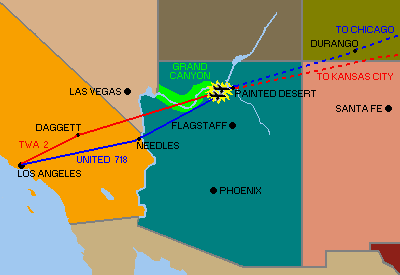fholbert
Mod's - Please don't edit my posts!
Launching a camera and iPhone hung from a weather balloon seems to be getting pretty popular. Seems like it's only a matter of time before an aircraft is damaged or destroyed when an impact occurs at cruise speed. I don't see any pilot organizations responding to this threat. The FAA typically only responds to body parts shown on the evening news.
This yoyo launched across the final approach path of at John Wayne. I device free fell to the ground very near Gillespie Field in San Diego. The entire flight occurred in and above the busiest approach control in the word counting ONLY IFR operations.
Am I missing something?
Father and son team try to send helium balloon to 107,000-feet, captures California Coast.:
DIY Father and Son project sends digital camera's into Near Space
http://www.kathrynsreport.com/2011/11/father-and-son-team-try-to-send-helium.html
http://www.youtube.com/watch?v=oGIi7XJjfdI
This yoyo launched across the final approach path of at John Wayne. I device free fell to the ground very near Gillespie Field in San Diego. The entire flight occurred in and above the busiest approach control in the word counting ONLY IFR operations.
Am I missing something?
Father and son team try to send helium balloon to 107,000-feet, captures California Coast.:
DIY Father and Son project sends digital camera's into Near Space
http://www.kathrynsreport.com/2011/11/father-and-son-team-try-to-send-helium.html
http://www.youtube.com/watch?v=oGIi7XJjfdI





